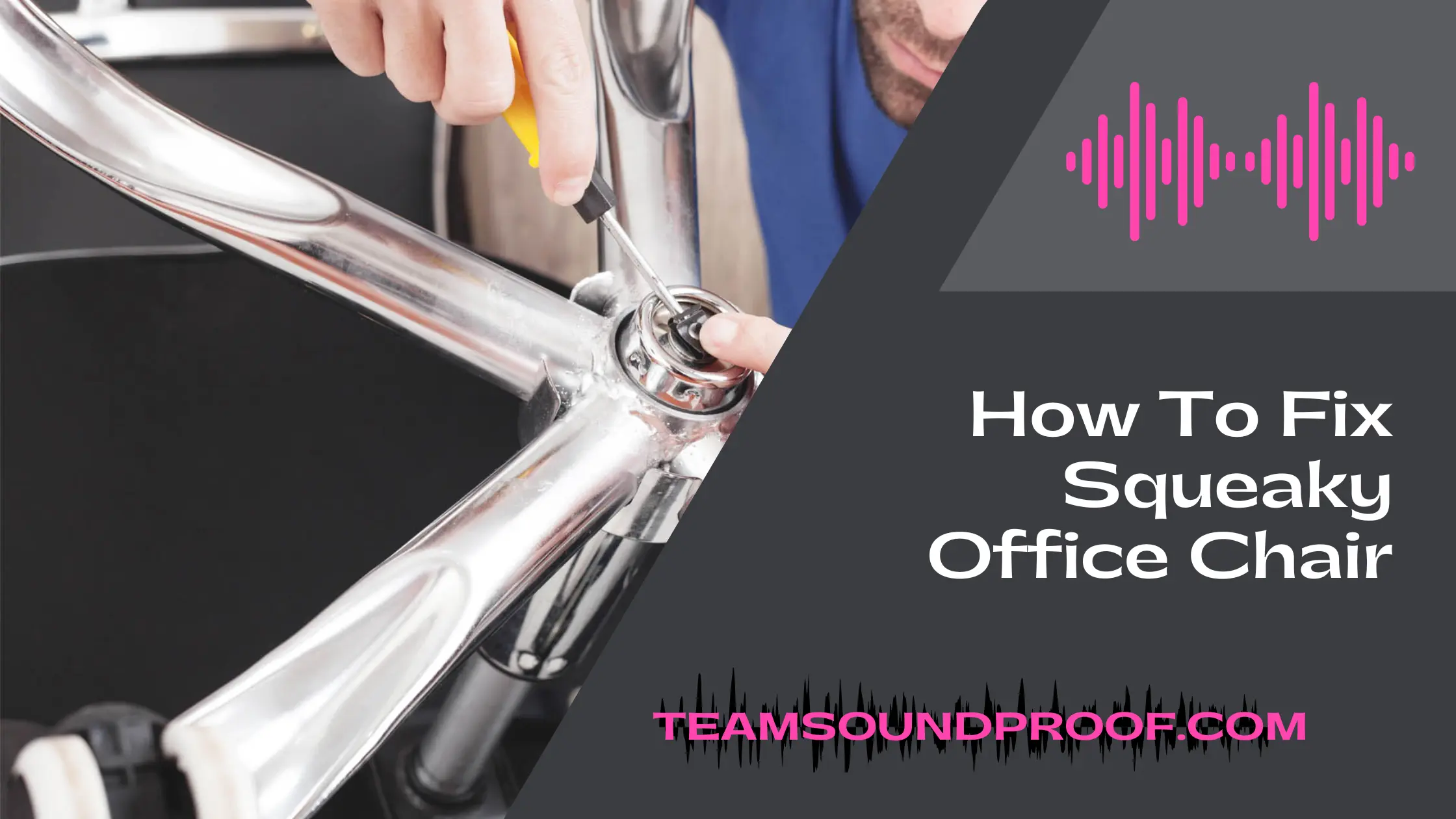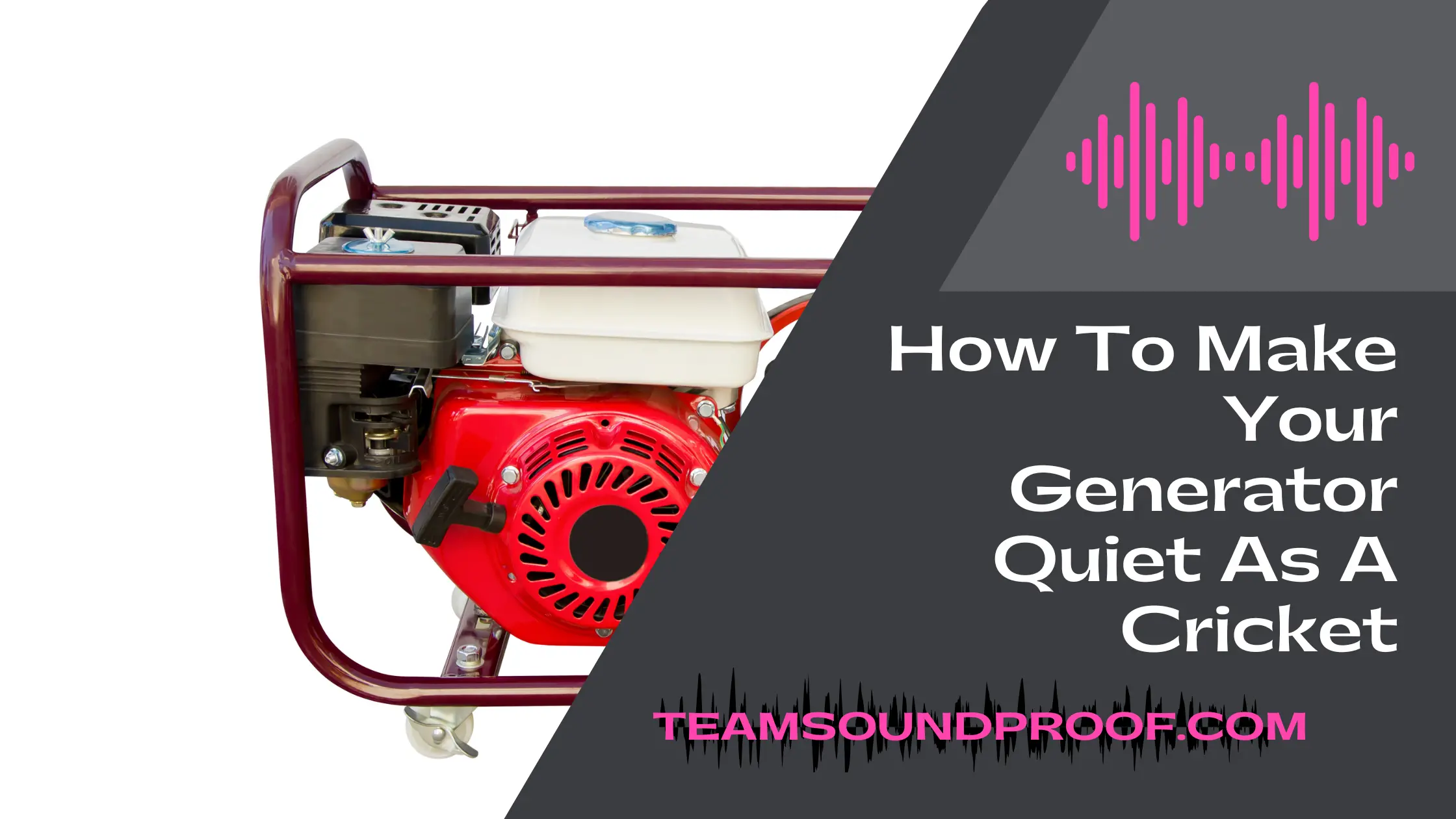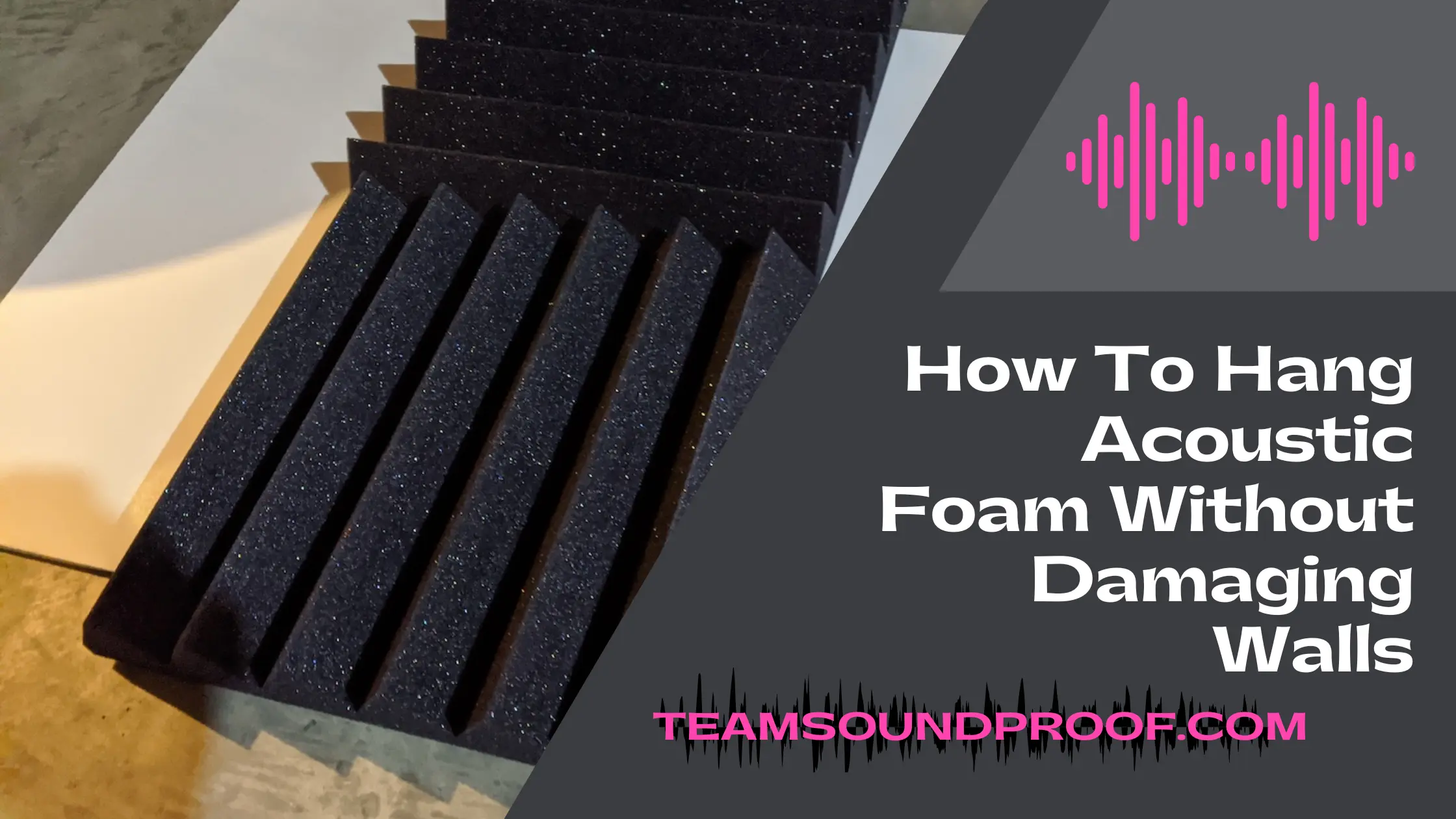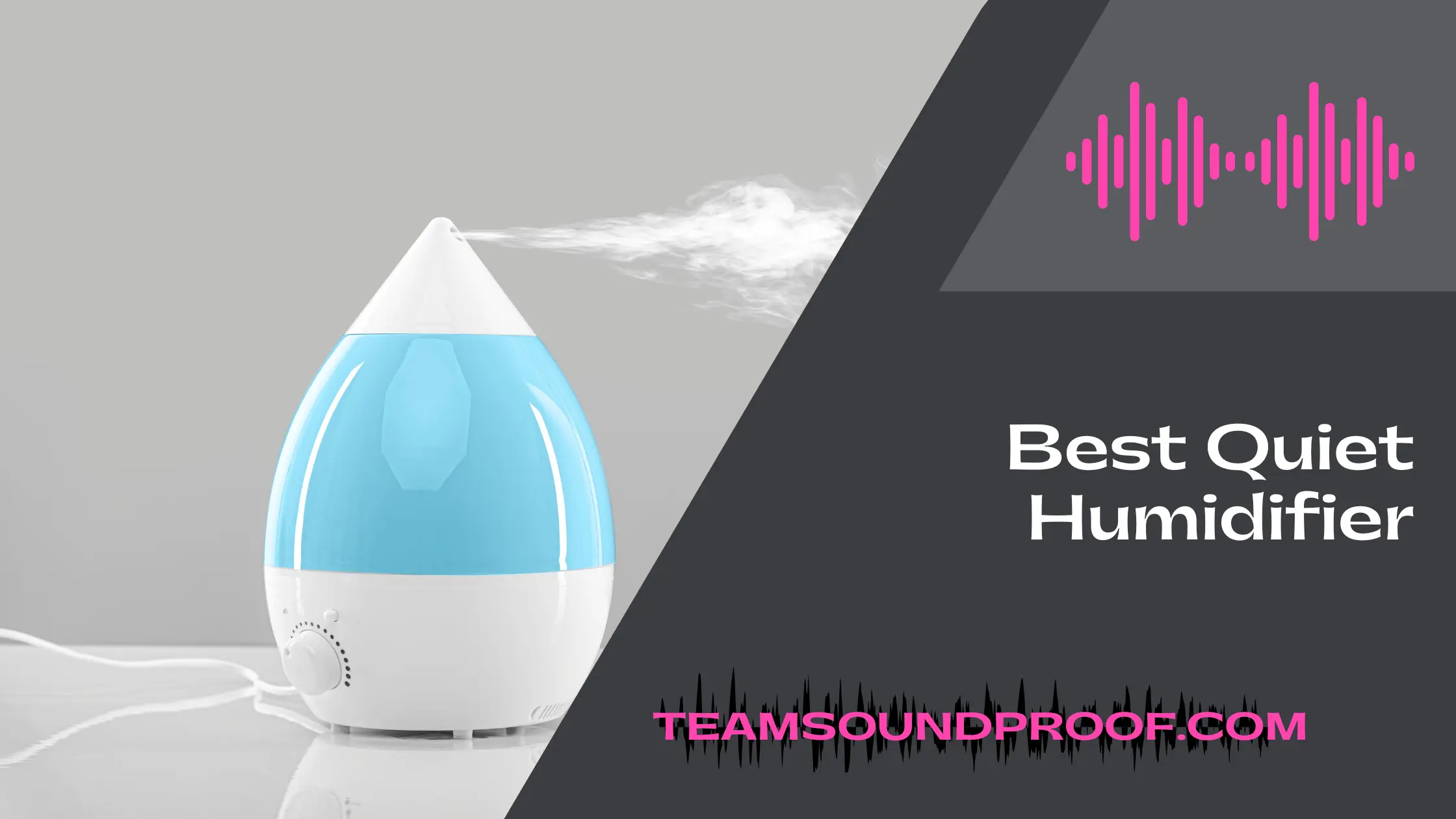Do you ever feel like your home is too noisy? return air ducts can be a major contributor to unwelcome noise in your home. By following these simple tips, How to reduce noise from return air and create a quieter home environment. Enjoy peace and quiet at home with these helpful tips!
6 Steps to Reduce Noise From Return Air:
There are a few things you can do to reduce noise from your return air. Here are six tips:
Make Sure Your Return Air Opening Is Clear And Unobstructed:
If you want to reduce noise from your return air, you’ll need to make sure that the opening is clear and unobstructed. Any obstructions in the way of the air flowing back into the ductwork will cause turbulence and ultimately lead to more noise. Additionally, making sure that your return air opening is properly sealed will also help to reduce noise.
Improperly sealed openings can allow outside noise intrusion as well as allow conditioned air to escape, which can increase energy costs. Finally, regular maintenance of your HVAC system will help to ensure that it’s running optimally and reducing unwanted noise.
1. Check The Ventilation:
It’s definitely important to check the ventilation in your home if you want to try to reduce noise from your return air. One way to do this is by checking for gaps or leaks in your ductwork. These can be caused by poor installation or damage over time, and they can allow air to escape, which can create noise. If you find any gaps or leaks, seal them up with duct tape or another suitable material.
Another thing to check is the position of your return air vents. If they’re placed near doors or windows, they can let in outside noise. Try moving them to a different location in the room, away from any openings. Finally, make sure that your vents are not obstructed by furniture or other objects.
In addition to these tips, you can also try using sound-absorbing materials in your ductwork to help reduce noise. These materials can include insulation, acoustic tiles, or even special coatings designed for noise reduction.
3. Add Acoustic Insulation To The Ductwork:
By adding acoustic insulation to the ductwork, you will greatly reduce the noise coming from your return air. Acoustic insulation is a great way to soundproof an area and it is very easy to install.
Simply cut the insulation to the size of your ductwork and attach it using either staples or tape. Make sure that you seal all of the seams in order to prevent any air leakage. If you are having trouble with noise coming from your furnace or air conditioner, then adding acoustic insulation to your ductwork is a simple solution that will make a big difference.
4. Install Mufflers Or Acoustical Panels:
One way to reduce noise from your return air ductwork is to install mufflers or acoustical panels. Mufflers are designed to deaden sound, and they’re typically made of fibrous material that absorbs noise. Acoustical panels, on the other hand, reflect sound waves so they don’t bounce around as much and create echo. Both types of treatments can help reduce noise from your return vents.
Another thing you can do is make sure your return ducts are well-insulated. This will help muffle any sounds that might be coming from the ductwork itself. You can also seal any gaps or cracks in the ductwork with weatherstripping or caulking to further reduce noise.
5. Use A Sound-dampening Blower:
Purchasing a sound-dampening blower can be an expensive investment, so it’s important to do your research on which model best fits your needs. Make sure to read reviews from other customers to get an idea of how well the product works.
Follow the installation instructions that come with the blower carefully. If you’re not comfortable doing the installation yourself, hire a professional to do it for you.
Test out the dampening blower by running it for a few hours to see how well it works. If you’re not satisfied with the results, return the product and try a different model.
Sound-dampening blowers are a great way to reduce noise from your return air ductwork. By dampening the sound of the airflow, you can create a much quieter environment in your home. These products are relatively easy to install and don’t require any special tools or knowledge. Simply follow the instructions that come with the product and you’ll be on your way to a quieter home in no time.
If you live in an apartment or condo, you may not have control over the return air ductwork in your unit. In this case, there are still some things you can do to reduce noise. One option is to install sound-dampening curtains around your bed to help muffle any noise that might be coming from the ductwork. Another option is to purchase a white noise machine or app to create a soothing background noise that will mask the sound of the return air.
6. Replace Your Return Air Grille With A Quiet Model:
one option is to replace your return air grille with a quiet model. Return air grilles are designed to channel air from your ductwork into your home, and they can be a major source of noise if they’re not properly insulated. By replacing your old grille with a quiet model, you can help reduce the amount of noise that’s coming through your ductwork and into your home.
Quiet models typically cost more than standard models, but they can make a big difference in reducing the overall noise level in your home. If you have any questions about which model is right for you, feel free to contact a local HVAC contractor for help. Replacing your return air grille is a simple and effective way to reduce noise from your ductwork. By replacing an old, noisy grille with a new, quiet model, you can help create a much quieter environment in your home. These products are relatively easy to install and don’t require any special tools or knowledge.
Conclusion:
Noise pollution is a real problem, and it’s only going to get worse. If you’re looking for ways to reduce noise from return air in your home, we hope this article has given you some ideas. We suggest starting with the simplest solutions and working your way up until you find the right level of soundproofing for your needs. Remember that every little bit helps, so don’t be afraid to try a few different things before settling on something that works for you. And if all else fails, there’s always professional help available.
If you have any questions or would like to share your own tips for reducing noise from return air, please leave a comment below.






